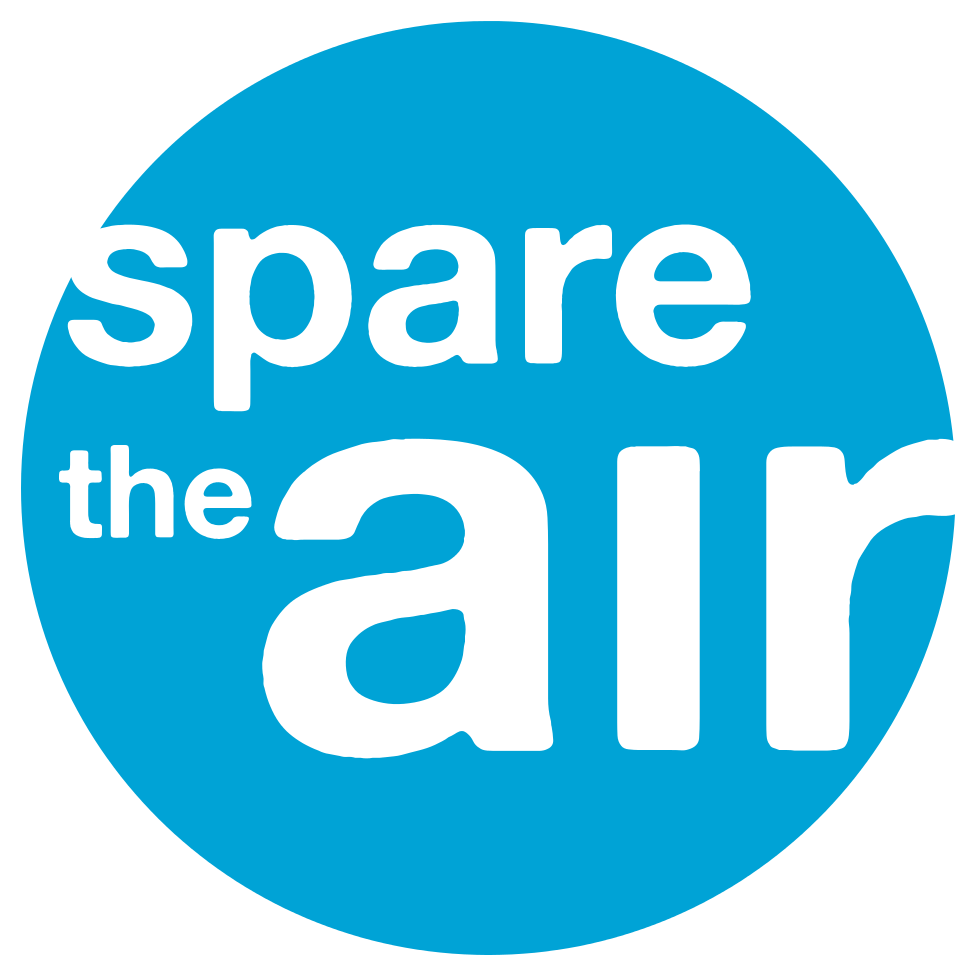Skip to main content
Back
Spare The Air
Alert
Actions for This Alert
Wood Burning Prohibited
Share this Alert
Copy this message and share on Facebook and Twitter:
Friends! There's a Spare the Air alert for the Bay Area today. Learn more here.
Share This Alert
See More
See Less
Sign Up for Text Alerts
|
SMS Terms of Use
Message frequency will vary. Subscribers are expected to receive an estimated 1-15 texts per month, potentially more, depending on how weather patterns and natural occurrences influence the number of poor air quality days in the Bay Area. Message and data rates may apply.
How to stop receiving messages:
- Text STOPW for Winter STA Alerts.
- Text STOPS for Summer STA Alerts.
- Text STOP to unsubscribe from all STA Alerts.
❮
Hide Panel
❯
Back
Wood Burning Prohibited
-
Reduce Your Impact
-
Understanding Air Quality
-
Connect with Us


